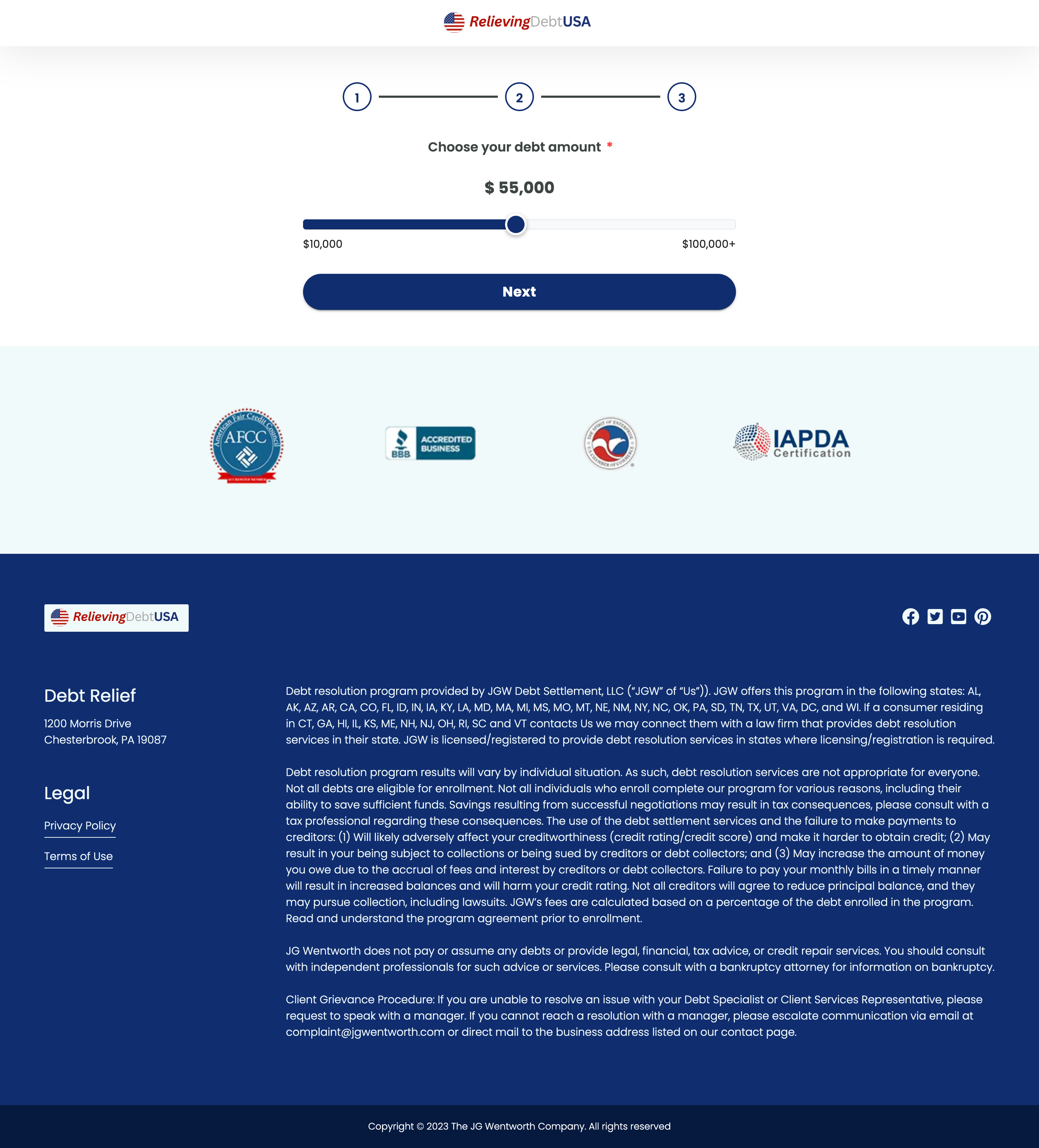How to Optimize a Landing Page for SEO: A Step-by-Step Guide
Landing pages are a critical element in online marketing campaigns. They are the gateway to conversions, and optimizing them for SEO can dramatically boost their effectiveness. In this guide, we’ll walk through the key steps in optimizing your landing pages for search engines.
Table of Contents
Understanding SEO for Landing Pages
SEO, or Search Engine Optimization, is the practice of enhancing a website to increase its visibility on search engines. For landing pages, SEO ensures that they attract targeted traffic, leading to higher conversion rates. Effective SEO starts with a clear understanding of the audience and the search intent behind keywords they use.
Keyword Research
Keyword research is a foundational component of SEO. It involves identifying the terms and phrases that potential customers use when searching for products or services. Use tools like Google Keyword Planner, SEMrush, or Ahrefs to discover keywords that have high search volume and low competition. Integrate these keywords naturally into your landing page.
Long-Tail Keywords
Focus on long-tail keywords which are more specific phrases with lower competition. These often indicate higher intent, which can lead to better conversion rates.
Creating High-Quality Content
The content on your landing page should be engaging, relevant, and comprehensive. It should provide value to the user and be crafted around the identified keywords. A well-optimized landing page doesn’t just consider SEO, but the overall user experience.
Content Uniqueness
Ensure your landing page content is unique and free of plagiarism. Google penalizes duplicate content, which can hurt your SEO rankings.
On-Page SEO
Title Tags and Meta Descriptions
Your title tag and meta description are critical as they provide the first impression of your landing page in search results. Use your primary keywords, and ensure they are compelling to increase click-through rates.
Heading Tags
Use proper heading tags (H1, H2, H3) to structure your content. They should reflect the hierarchy of your content and include relevant keywords.
URL Structure
Keep URLs clean and concise. Incorporate keywords when necessary to improve visibility and relevance.
Images and Alt Text
Optimize images by compressing them for faster loading times and adding alt text that includes relevant keywords.
Technical SEO Considerations
Technical SEO ensures that search engines can efficiently crawl and index your landing page. Key aspects include:
Mobile-Friendliness
Ensure your landing page is fully responsive and performs well on mobile devices. Use Google’s Mobile-Friendly Test tool to verify performance.
Page Speed
Optimize your landing page for quick load times utilizing tools like Google PageSpeed Insights. A fast-loading page enhances SEO and user experience.
Secure Your Site with HTTPS
Implement SSL to ensure your site is secure. Search engines favor secure sites, and users are more likely to trust them.
Conversion Rate Optimization (CRO)
While SEO draws users to your page, CRO turns those users into customers. Focus on clear, compelling calls-to-action (CTAs), and ensure that your page layout guides users towards converting actions.
User Experience (UX)
Streamline the user journey by ensuring intuitive navigation and providing persuasive content that resonates with the audience’s needs and desires.
Measuring Success
Without measuring results, you can’t improve. Use analytics tools to track metrics such as bounce rates, conversion rates, and engagement levels. Tools like Google Analytics and heatmaps can offer insights into what works and what needs improvement.
A/B Testing
Continuously conduct A/B tests to assess various elements of your landing page design and content. This helps identify the highest performing variations for ongoing optimization.
Conclusion
Optimizing a landing page for SEO is a multi-faceted approach that involves understanding search engine algorithms, user intent, and marketing strategies. By following the steps outlined above, you can craft landing pages that not only rank higher on search engines but also convert visitors more effectively.
For those looking to easily download landing page HTML or extract website landing pages, using a tool like a landing page ripper Chrome extension can significantly streamline the process of saving landing page assets for competitive analysis and improvements.









